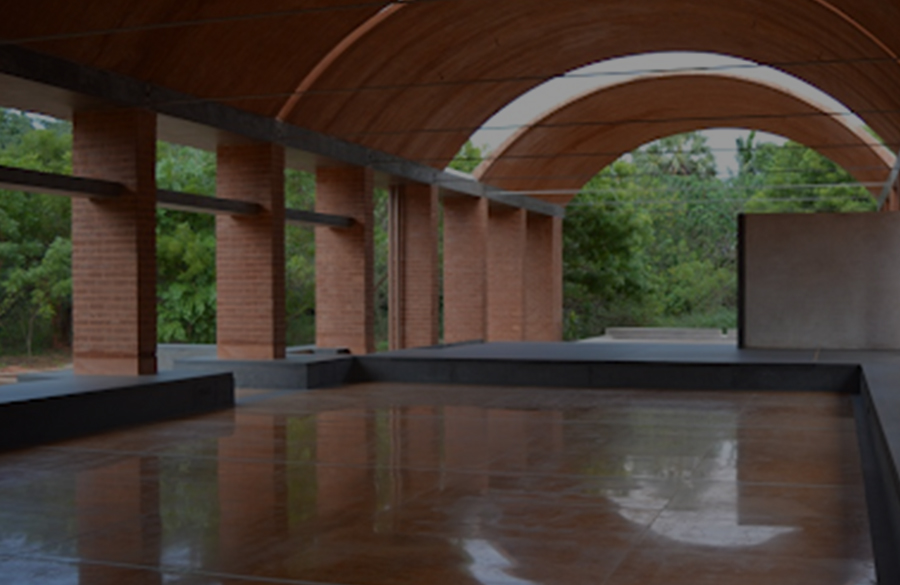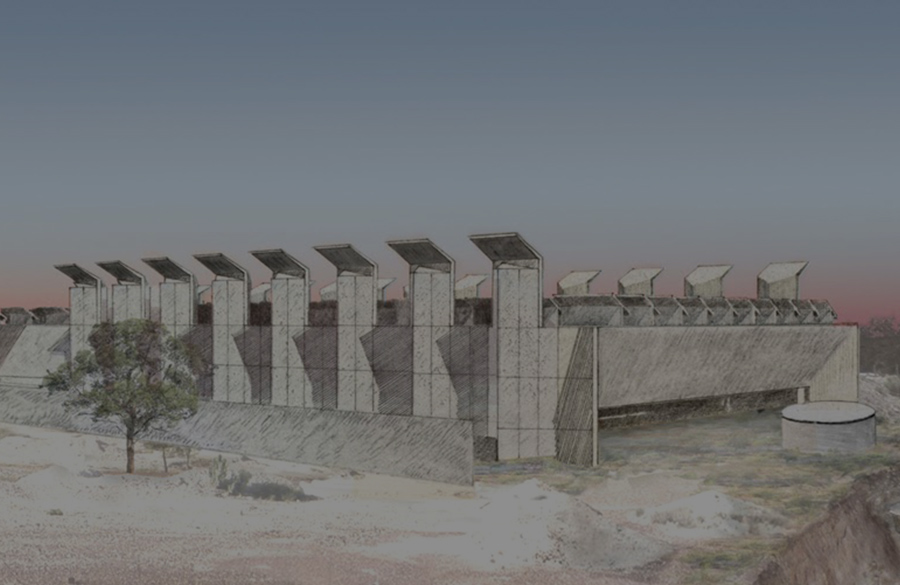Traditional Architecture is a reflection of the context it exists within. It is defined as the style of architecture that uses elements, forms, and construction techniques symbolic to the culture, people, and the place it represents.
What exactly is Traditional Architecture?
Traditional Architecture is a reflection of the context it exists within. It is defined as the style of architecture that uses elements, forms, and construction techniques symbolic to the culture, people, and the place it represents. It is a highly communicative form of architectural design that allows its viewer to grasp the very nature, the values, and the essence of the people who brought it to life. It does not merely showcase history; it enhances the extent of the artists’ expression, which refines itself with time.
Indeed, the most significant characteristic of Traditional Architecture is that it does not discriminate. It has the beautiful quality of being able to speak to people from all groups, all walks of life and ages. It is for this very reason that Traditional Architecture still stands today, and is likely to be appreciated and acknowledged for generations to come.
This article intends to explore 15 firms from all over the world that practice the art of Traditional Architecture.
1. Kamil Khan Mumtaz Architects
Pakistan
Specializing in projects that range from residential, institutional, religious, conservational, interior, and urban planning and design-based, Kamil Khan Mumtaz Architects is accredited for being one of the topmost firms in Pakistan to practice and appreciate Traditional Architecture.
The highly detail-oriented wonders they create through their designs seek to represent cultural values that make effective and symbolic use of materials and forms and respond to the climate and traditional craftsmanship sensitively. KKM Architects involve the use of various elements from the traditional arts and crafts in their buildings. Brick masonry, calligraphy and naqashi, and traditional forms of vocabulary such as the domes, arches, courtyards, open and green spaces, and muqarnas, a form of ornamental vaulting, are thus a distinctive feature of their buildings, greatly integral to the representation of Islamic Architecture that the firm strives to eternalize.

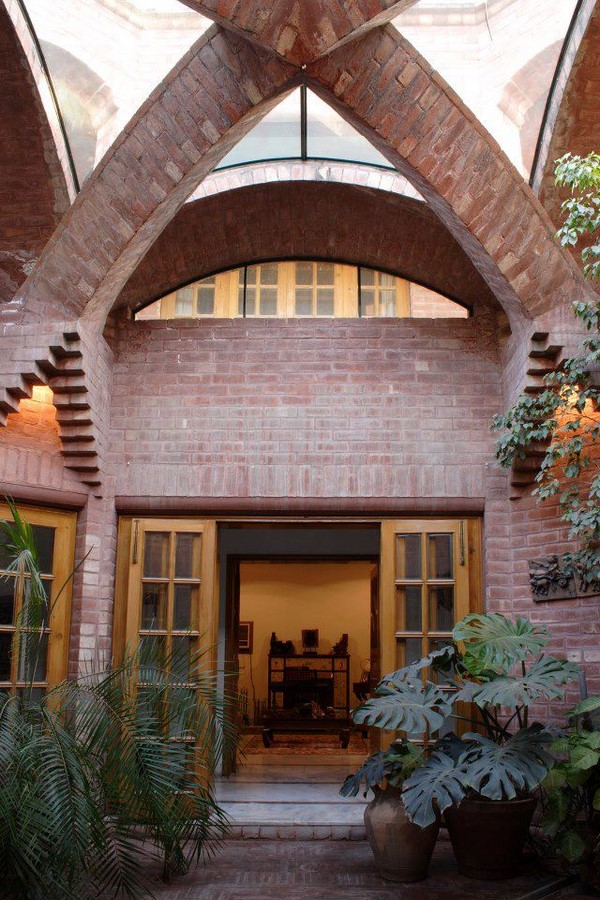
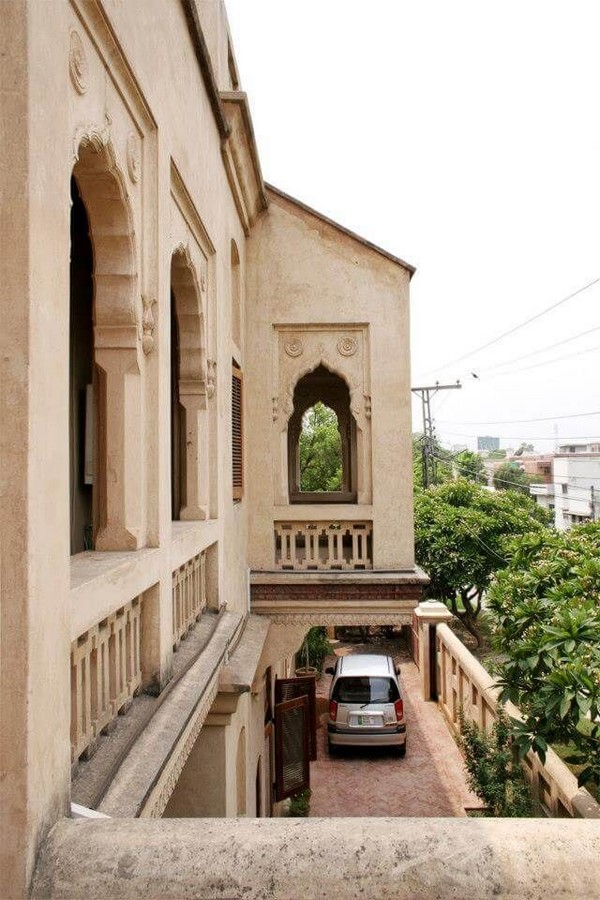
2. ADAM Architects
United Kingdom
With inspiration rooted deep in the Classical Style, ADAM Architects are recognized internationally for their award-winning projects. Their work ranges from private residences, public and commercial buildings such as hotels, historic buildings such as monuments, interior, and master planning and development.
Having created their niche in the well-renowned style, their projects are distinctive in the way they play with masses and volumes to achieve timelessness. They have a strong sense of geometry, the use of elegant elements to add variations and depth to the exterior and interior, and a solid understanding to take advantage of the sunlight that adds contrast, and dramatizes their design. This characteristic design sensibility in all their projects allows their buildings to stand out, create a distinct identity, and be able to speak to their audience in a manner that truly respects the origins of the classical style.


3. Fairfax & Sammons
United States of America
Believing in the everlasting and creative quality of Classicism in Architecture, Fairfox & Simmons believe in creating designs that respond and embed into their context. They do not aspire to design buildings that look out of place, but rather gels in and enhances the very place they are situated in. The firm specializes in creating beautiful pieces of residential works, as well as Urban Design projects. They draw the basis of their design on their inspiration and ensure that every element they add respects and gives due attention to history, the climate, and building materials.
Fairfox & Simmons is recognized internationally for its commitment to aesthetics and functionality, innovative solutions that cater to traditions, and reflect the proportions and order of the classical style.
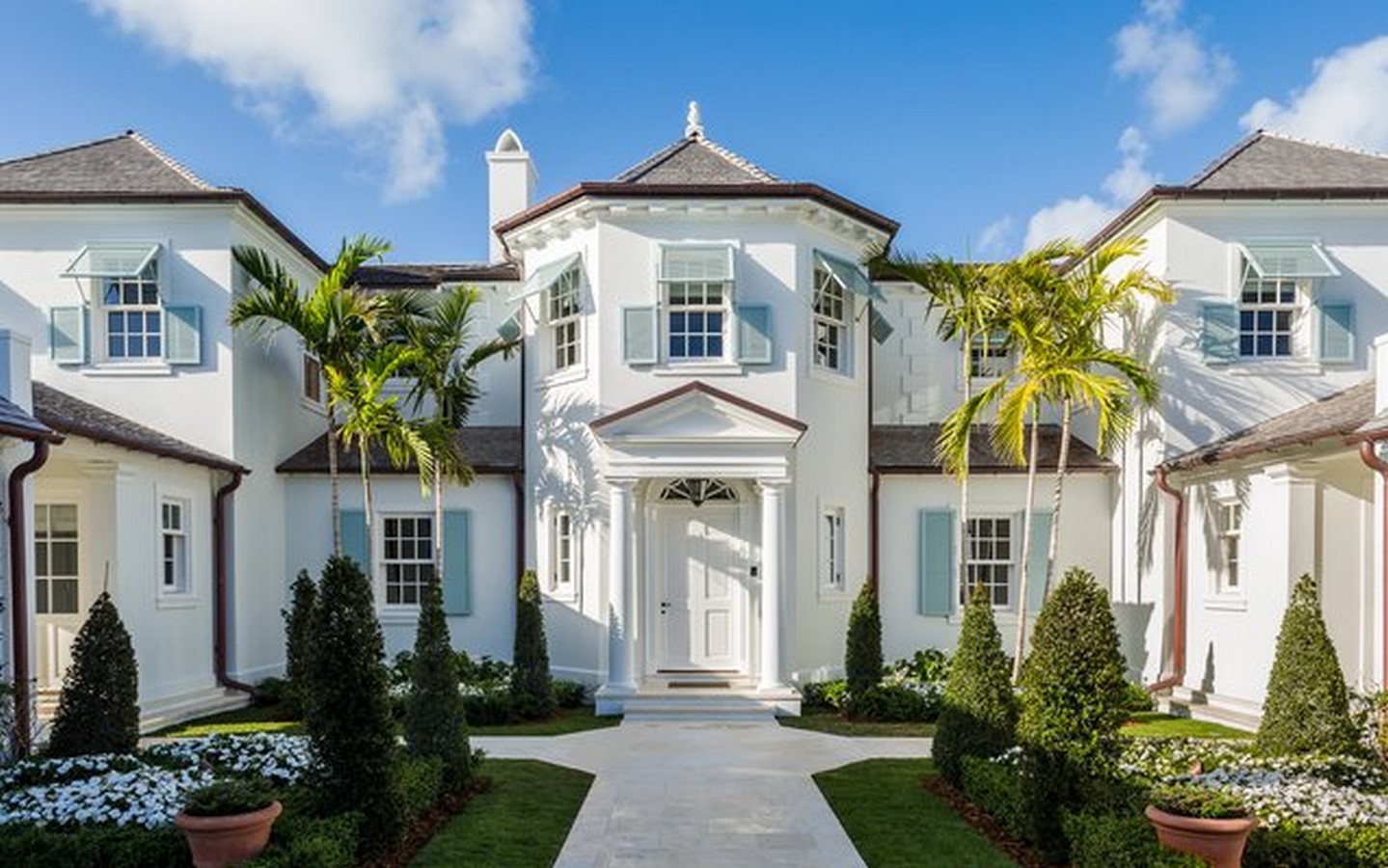


4. Benny Kuriakose
India
Based in Chennai, Benny’s work reflects his learning and inspiration of the philosophies of his mentor, Laurie Baker. Incorporating his distinct style in every one of his projects, the firm’s work ranges from residential to commercial, institutional, conservational, and projects of hospitality.
His designs showcase his ideology of transforming existing ideas of sustainability, conservation, and cost-effectiveness, in a manner that truly symbolizes heritage, culture, and traditional architecture. There is a strong connection towards natural colors and forms that are often observed in his designs, which also make use of traditional elements of arches, canopies, slanted roofing, terra cotta, and clay tiles. His designs celebrate simplicity, and that is what makes his work truly distinctive.


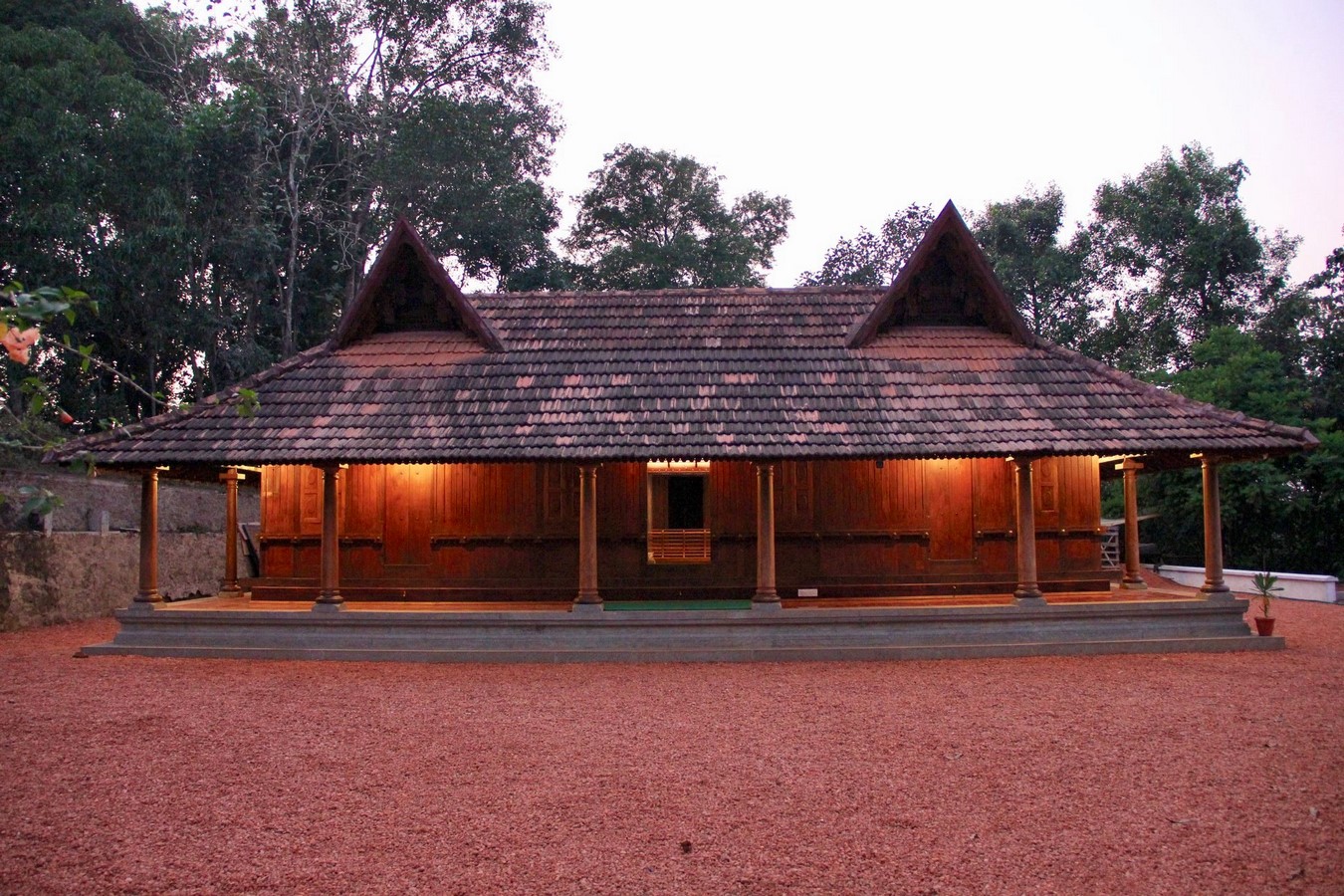
5. Kamath Design Studio
India
Known for their special preference to ecologically and socially sustainable designs, Kamath Design Studios has created innovative design elements with the use of sustainable materials and construction methods that not only respects its context, history, and tradition but also responds to contemporary needs. Their highly characteristic style incorporates the exploration of the earth to achieve sustainable designs and planning.
With over 150 projects to their name, their sympathetic aesthetic sense and attitude to architecture is also the reason they have been nominated for the Aga Khan Awards three times.
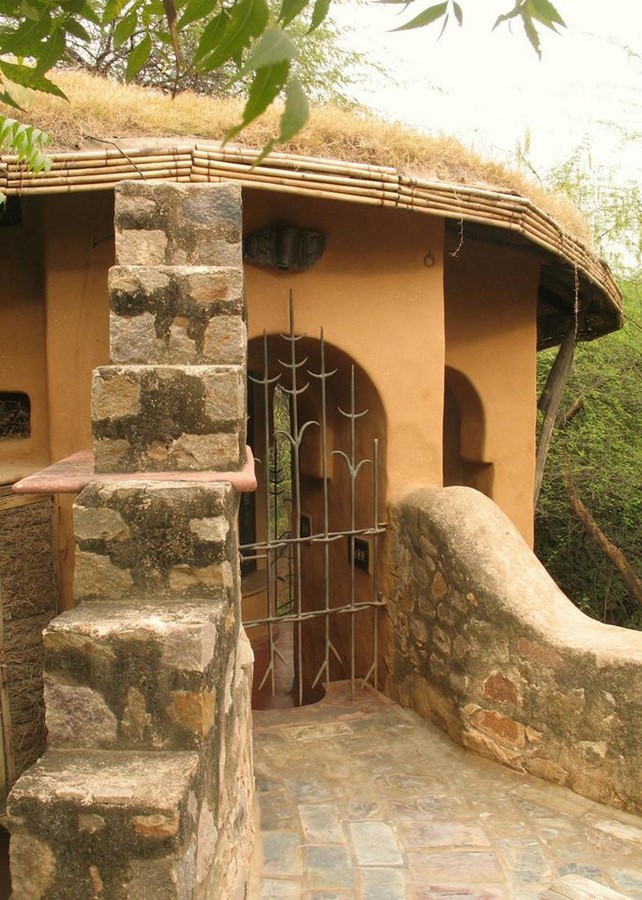
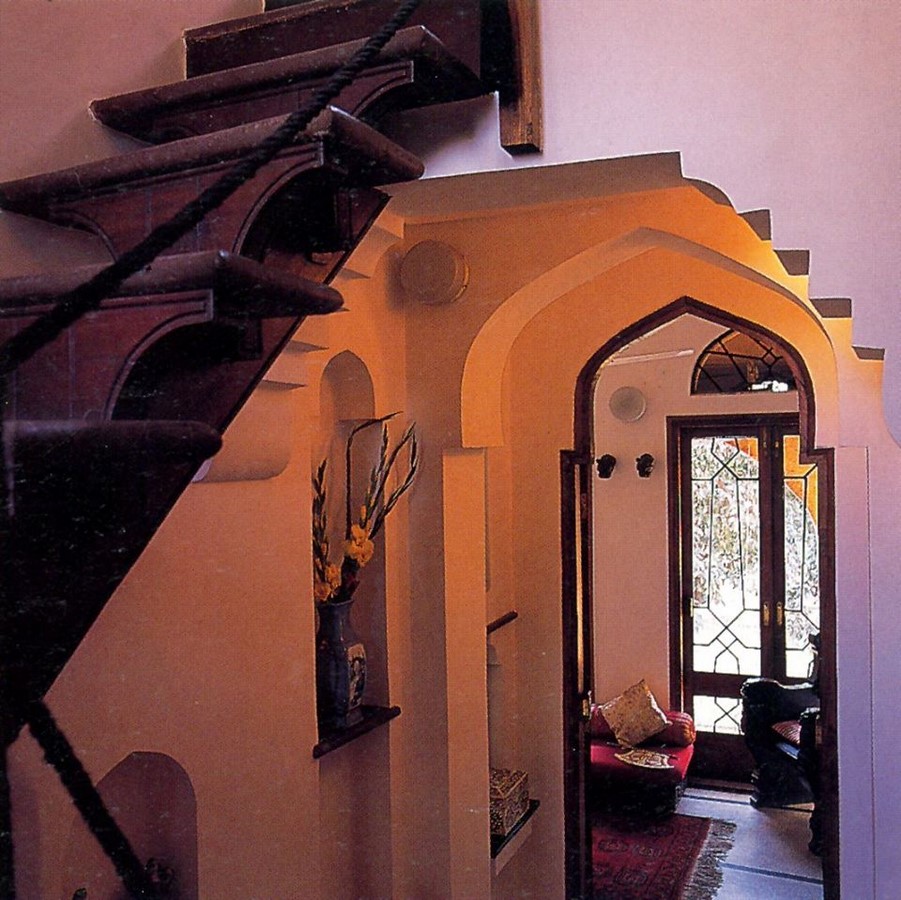
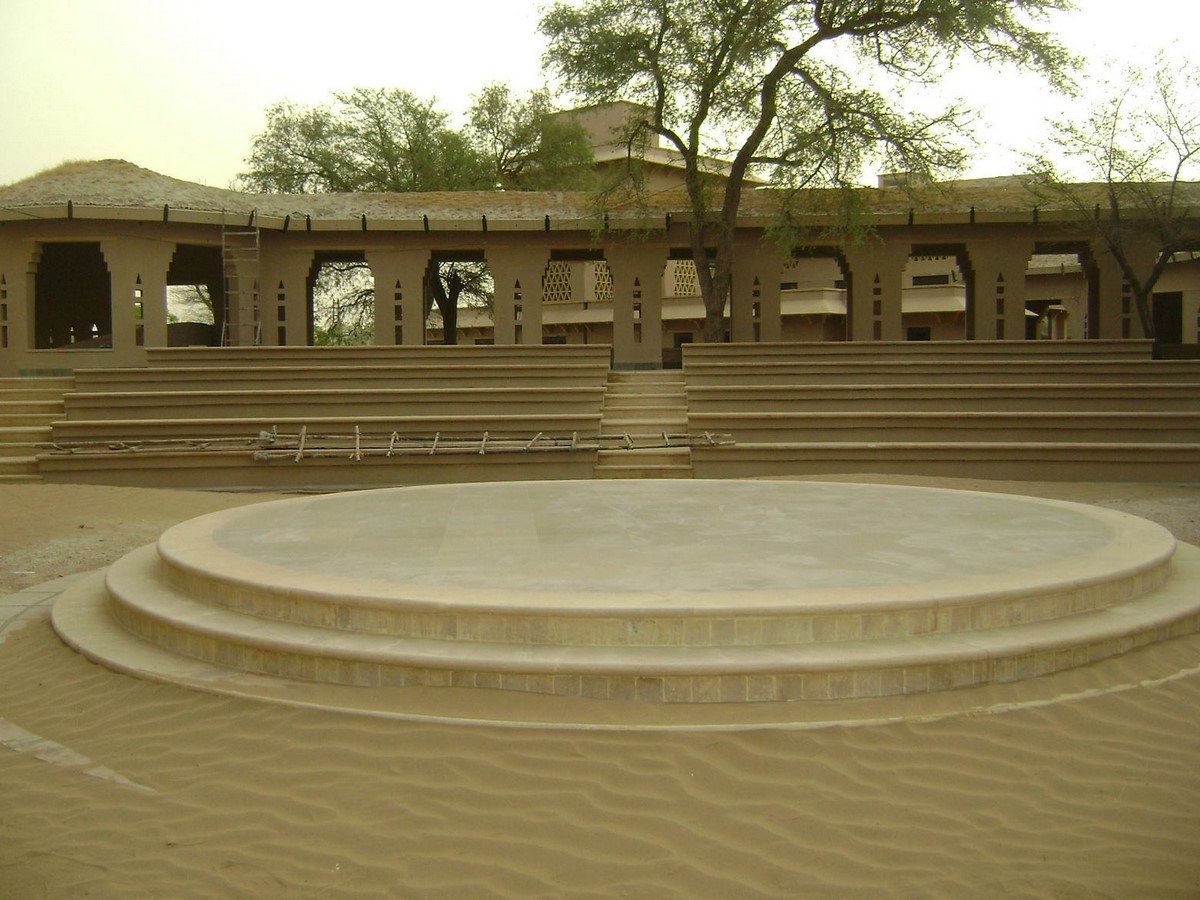
6. Shigeru Ban
Japan
When one thinks of Traditional Architecture, it is difficult to not think of Shigeru Ban. Influenced and inspired by the great art of Japanese construction techniques, Ban is known for his traditional, yet sustainable and ecologically sensitive approach to architecture. He incorporates the use of many Japanese traditional themes and forms, celebrating them with the opportunities provided by American modernism.
There is almost always a sense of simplicity and continuity in his projects, which not only seamlessly adhere to their sites, but also allow their visitors to sail smoothly from the exterior to the interior. The material he uses signifies the importance of paying respect to nature, in their manner of water-efficiency and long life, and they are also rooted deep in Japanese culture, such as the bamboo. With his profound knowledge, skills, and expertise reflected in the projects he creates, it comes with no surprise that he is a winner of many international awards as well.
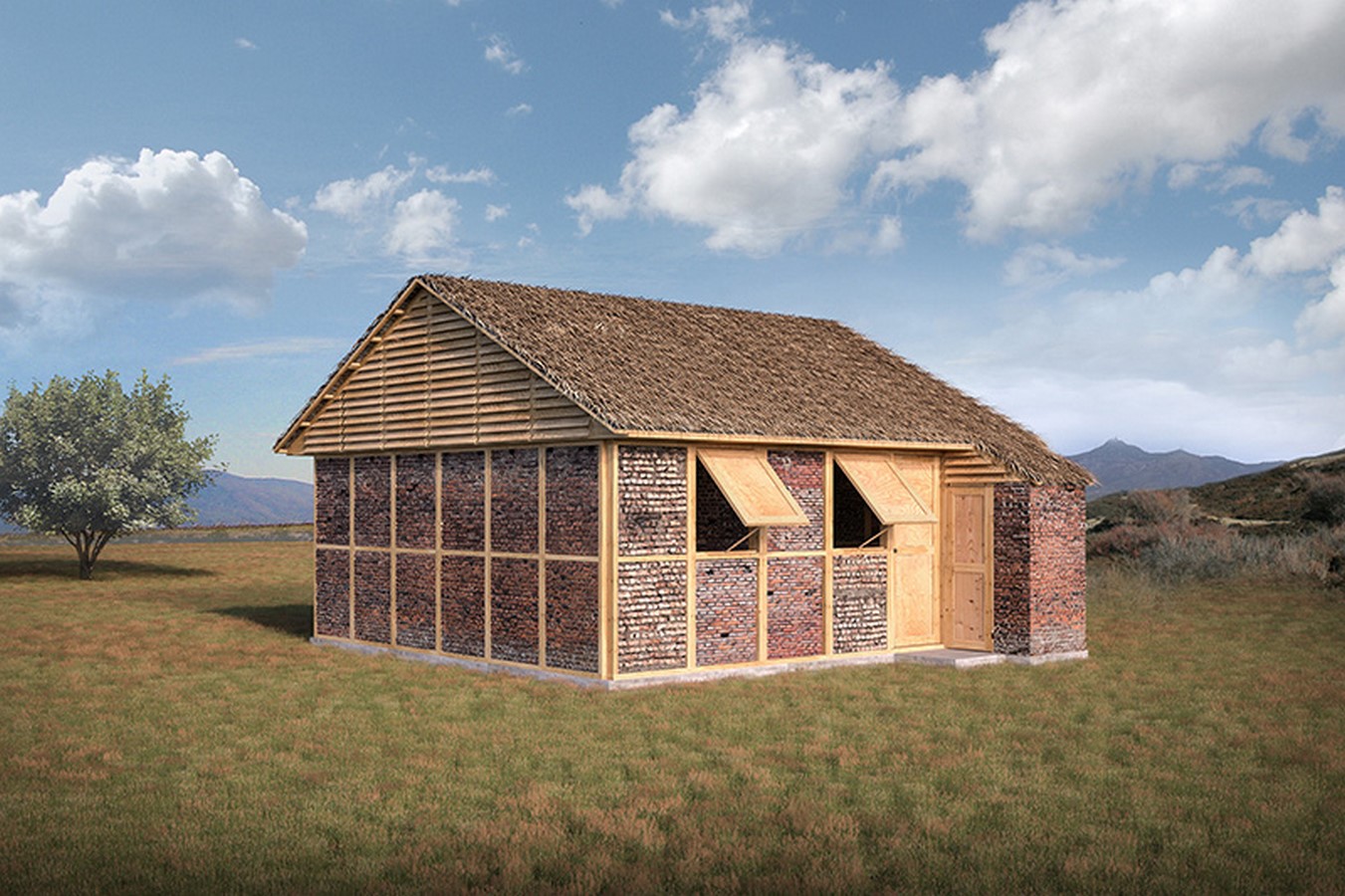
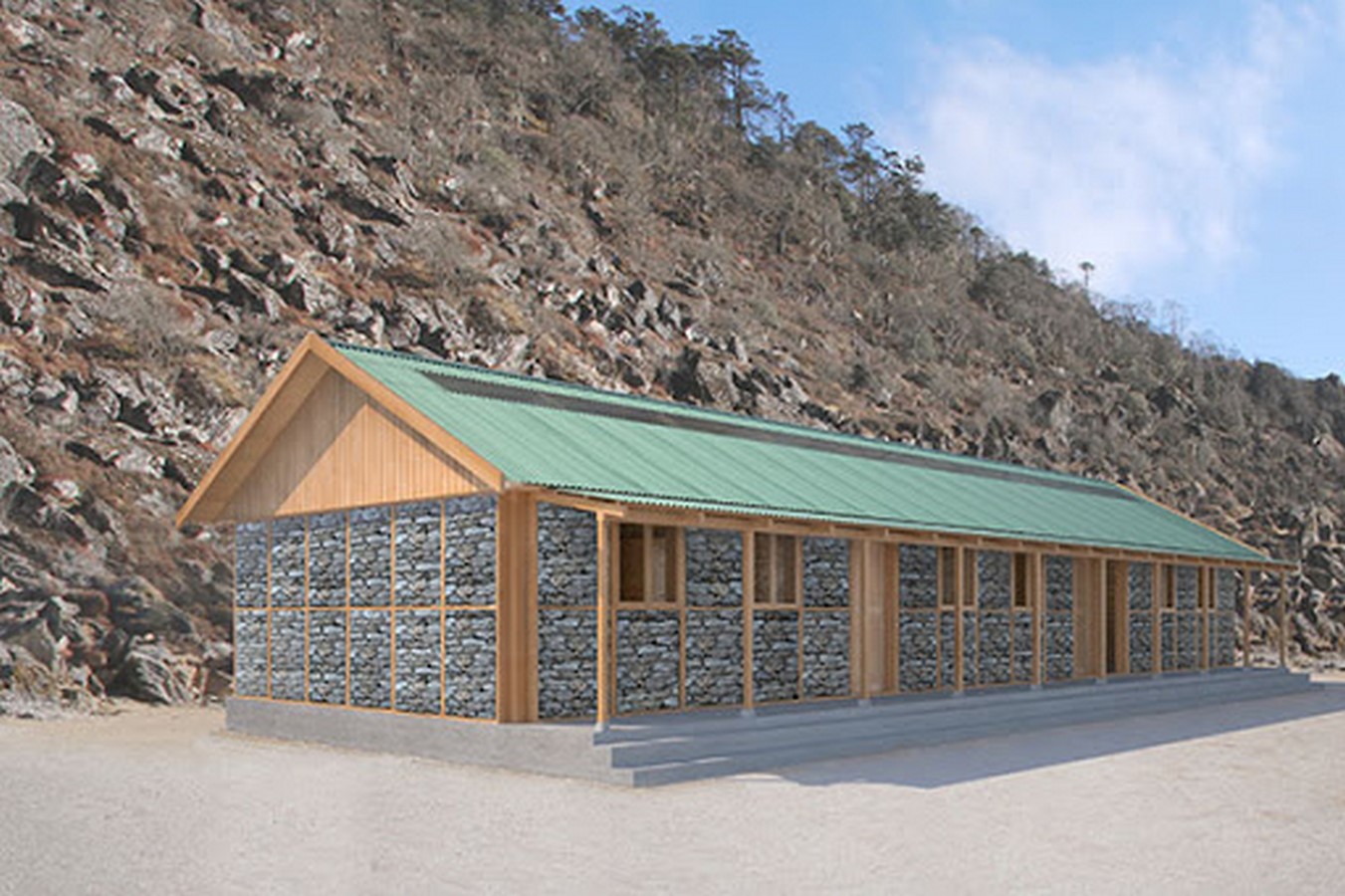
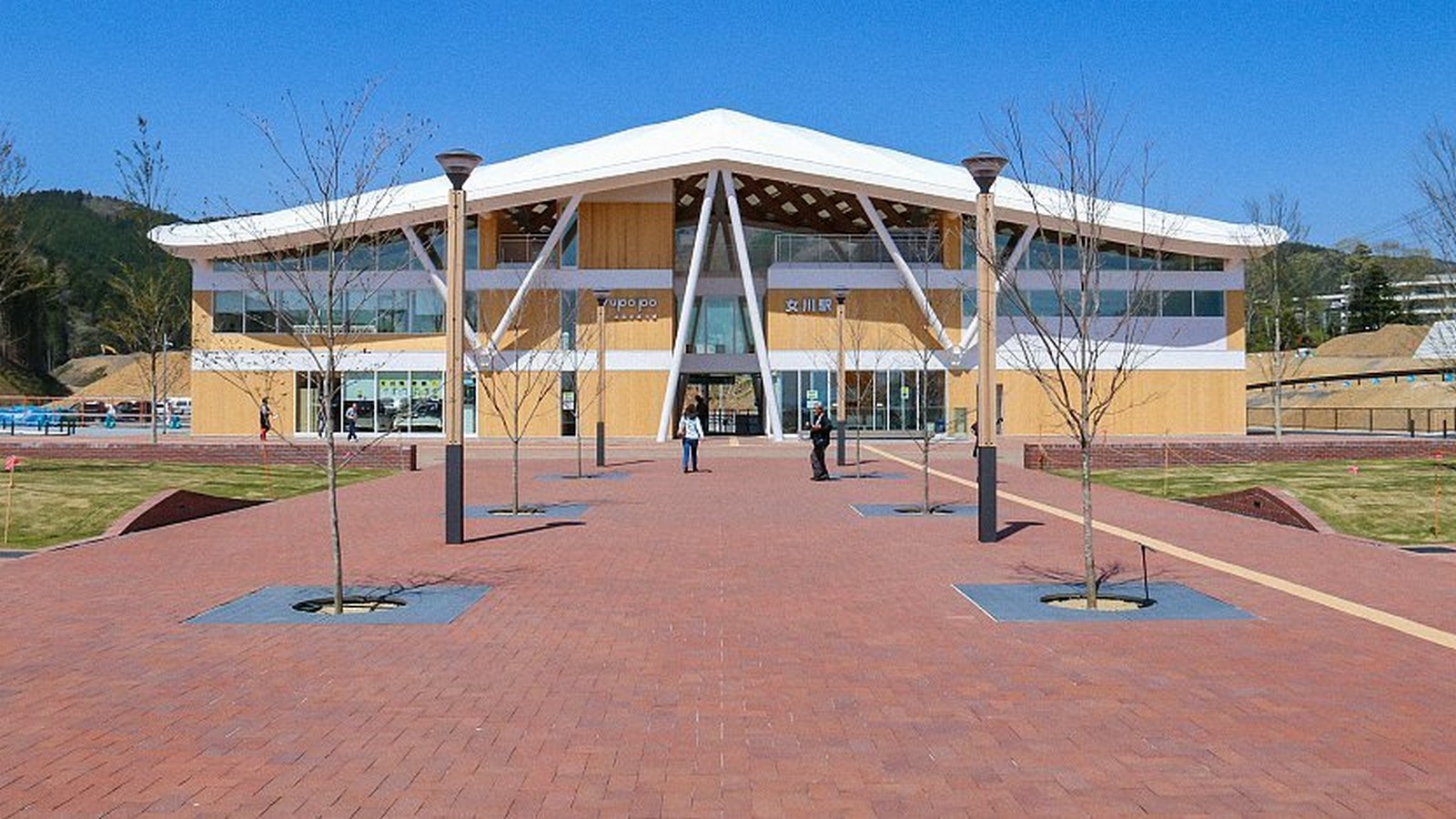
7. Marina Tabassum Architects
Bangladesh
With a sensitive and revering approach for the climate, materials, site, culture, and the local history to streamline and create more harmonious architectural buildings, Marina Tabassum’s projects include residential as well as master planning. The firm is a recipient of the prestigious Aga Khan Award for the Bait Ur Rouf Mosque which illuminated their keen design sense.
The strong connection and emphasis established through the design of the mosque on materials, space, and the movement of light throughout the day, built over the course of twelve years on a tight budget, is a distinguishing feature of their skills and aesthetic. With work that goes beyond the norms defined in society regarding what a building should look like and focuses on creating an impact with the essence of the building itself. Tabassum aims to design buildings drawing inspiration on Islamic Architecture that also becomes a source of positive impact for its audience.



8. Hart Howerton
United States of America
Hart Howerton truly believes in creating buildings that not only respect their context but also greatly fuses and adds value to the site. They believe in creating lasting and complete environmental solutions that employ elements of tradition, history, and culture in a modernistic manner. They make efficient use of sloping roofs, clay tiles, wooden elements, French railings, doors, and windows with subtle, earthy tones of color, as well as a series of traditional forms of columns featured in almost all of their work.
With their affiliation with the University of Virginia’s research center, Hart Howerton focuses on identifying sustainable principles for the community and neighborhood, to promote meaningful wellbeing and a healthy lifestyle through their designs. They are also strong advocates of the environment and its conservation, enhancement as well as improvement of the ecological systems.
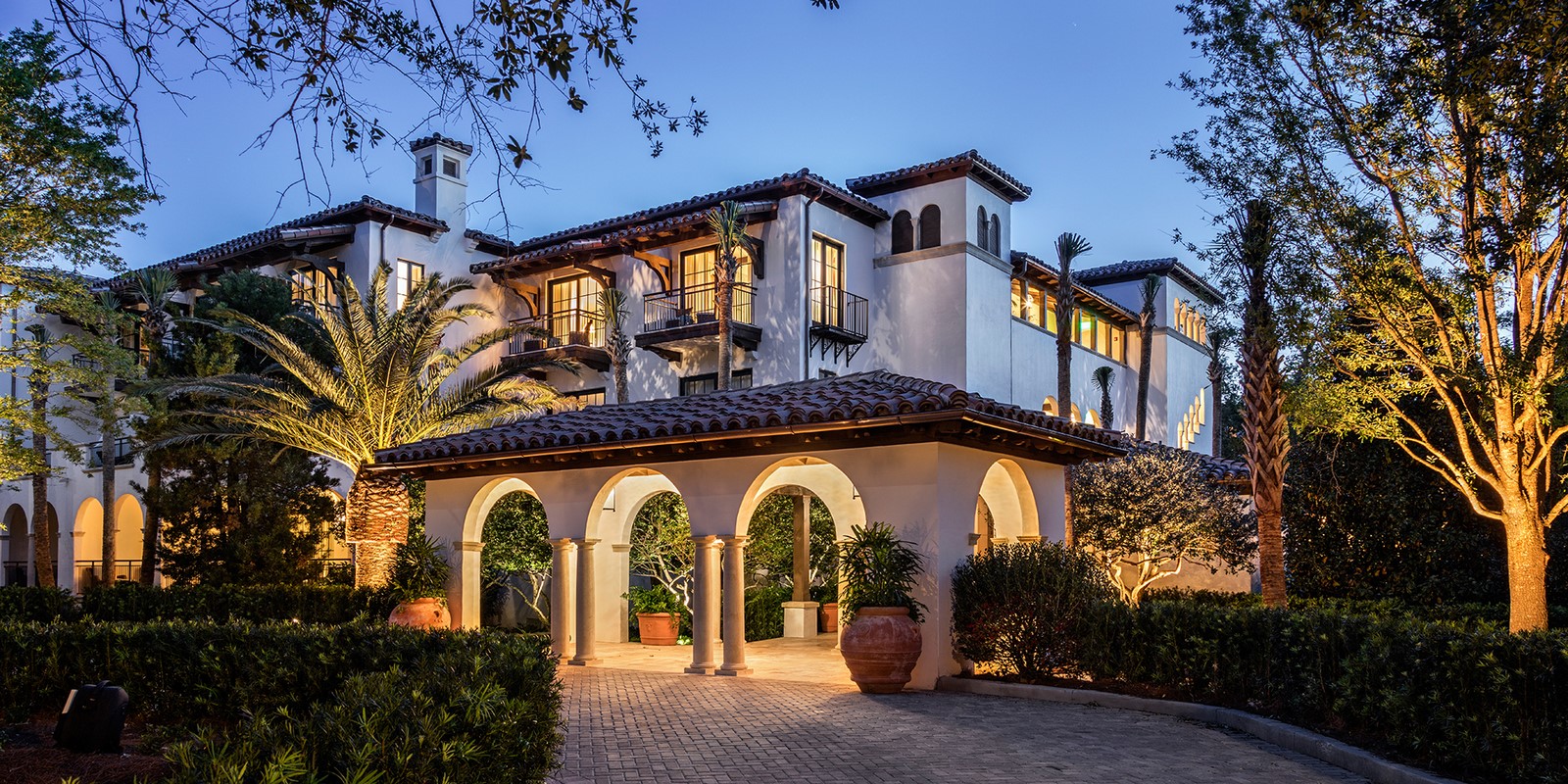

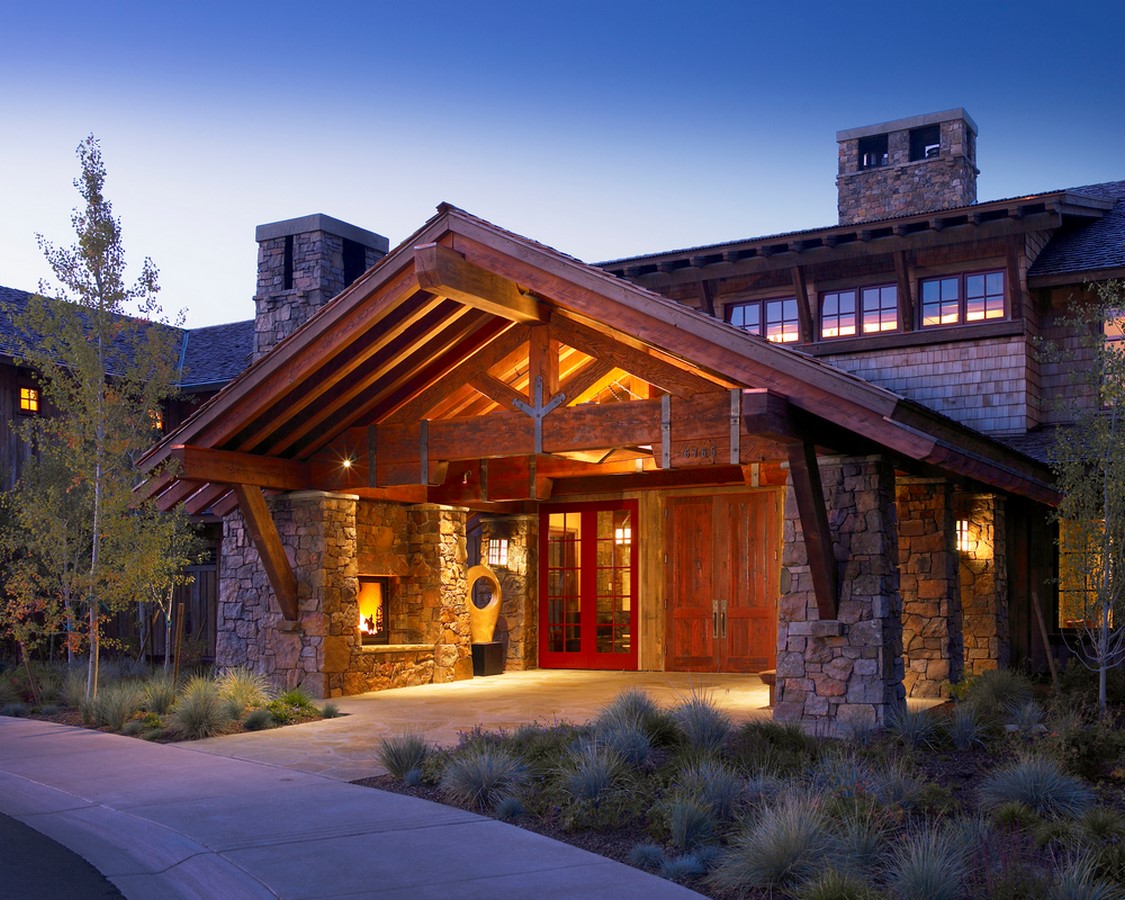
9. Jimenez & Linares
Spain
Jimenez & Linares is a relatively new firm based in Spain. Inspired by the past, they aspire to create the future of Architecture that reflects tradition.
The firm employs the use of scale, volume, and different forms combined in harmony to create beautiful pieces of architecture. They focus upon creating their sense of identity by performing abstractions of the classical. Jimenez & Linares also research characteristic elements of traditional Spanish Architecture and translate them into unique solutions they provide for each of their projects. Their vision is based on simplicity and clarity, which is achieved only through discipline, order, precision, and respect of materials. The architectural elements that are often observed in their buildings include courtyards, light passageways, arcades, galleries, and interior gardens.
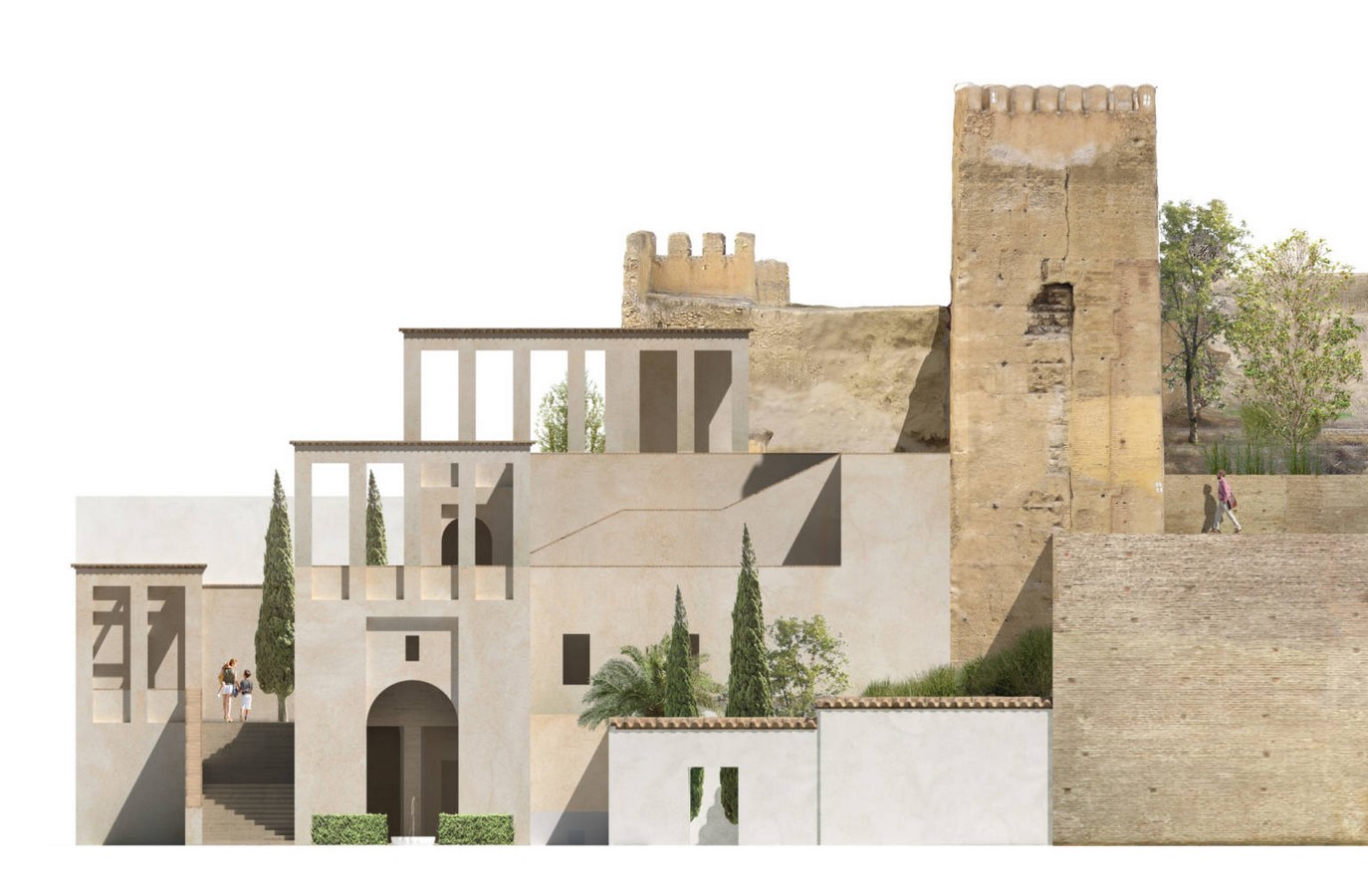
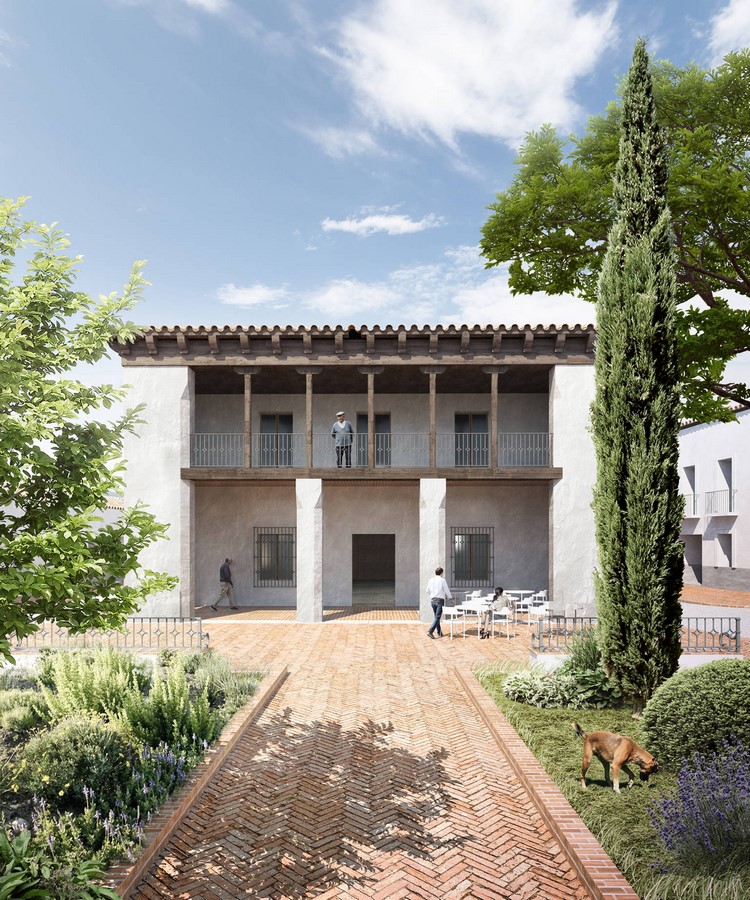
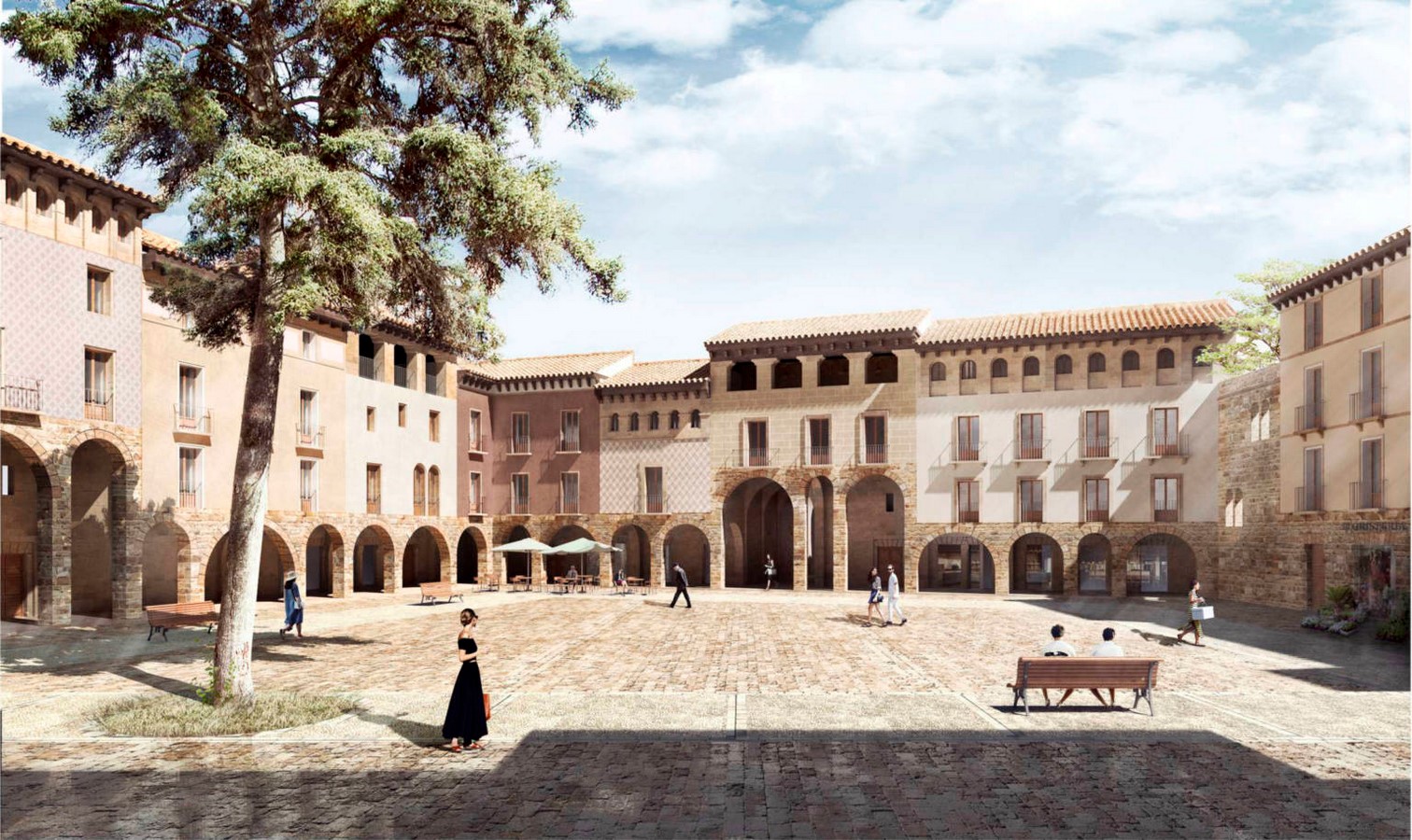
10. Biome Environmental Solutions
India
Biome Environmental Solutions forms the basis of their design on ecology, architecture, and water. Their projects range from residential, institutional, and recreational buildings. The firm’s designs are formed through principles derived from ecological principles, energy, and effective land-use.
Biome’s diverse capability lies in respecting the natural environment and forming buildings that respond well to the context. This is achieved by realizing the ecological and social topics in each project, such as water management, rainwater harvesting, and sanitation practices. They believe design is best achieved through addressing the vision of social responsibility, sustainability, alongside aesthetics and functionality. The ecologically and socially sensitive quality of Biome’s work, as well as its mission to spread sustainable living practices, allows them to benefit the natural environment and disadvantaged populations living around them.


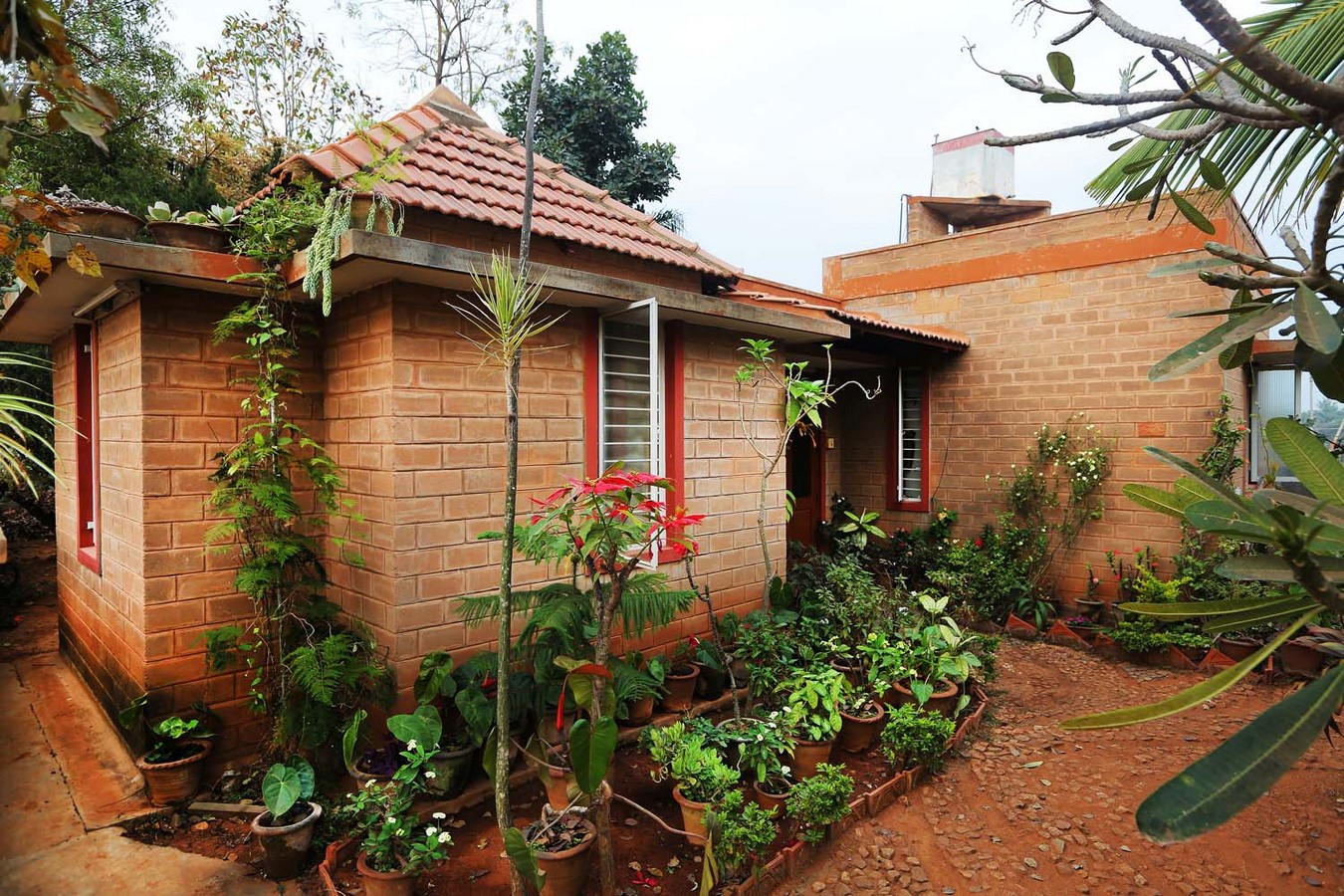
11. EVA Studio
United Kingdom
EVA Studio believes in responsible architecture solutions that address social issues using traditional and vernacular architecture. They have experience working on projects of different scales, ranging from public spaces to community infrastructure, schools, and housing.
The firm focuses its design around a core concept and creates buildings that reflect its architectural vision for the social sector. Their community-based understanding helps them develop a strong sense for the vernacular systems, that respect the historic roots of the context, and make them a part of the final solution. They believe that responsible and sensitive design can promote harmony within social structures as well the built. Their work is founded on the research of a place’s history, past, traditions, and its context from a cultural perspective, allowing the local language, daily habits, local technology, and local traits to become a part of the final product.
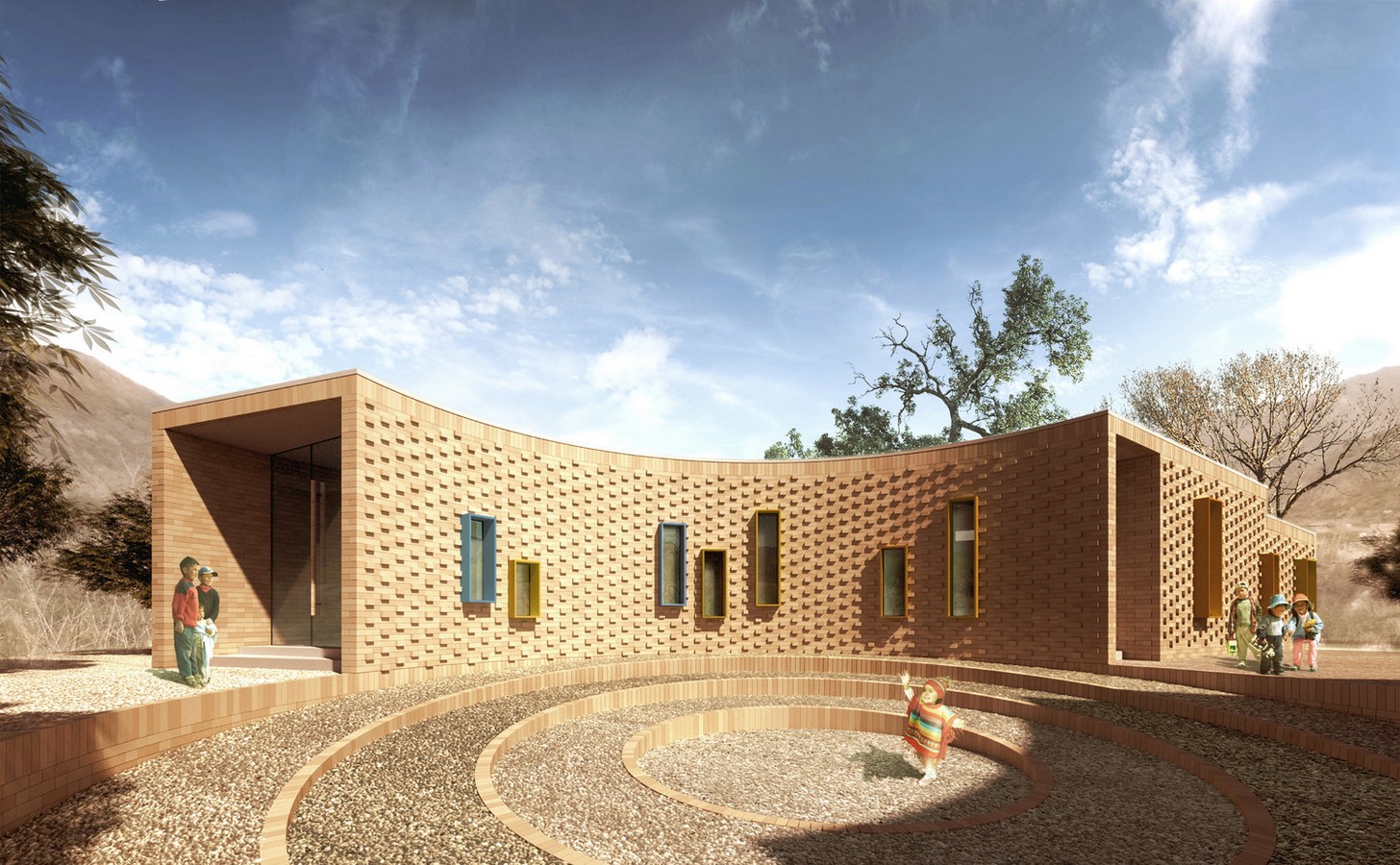
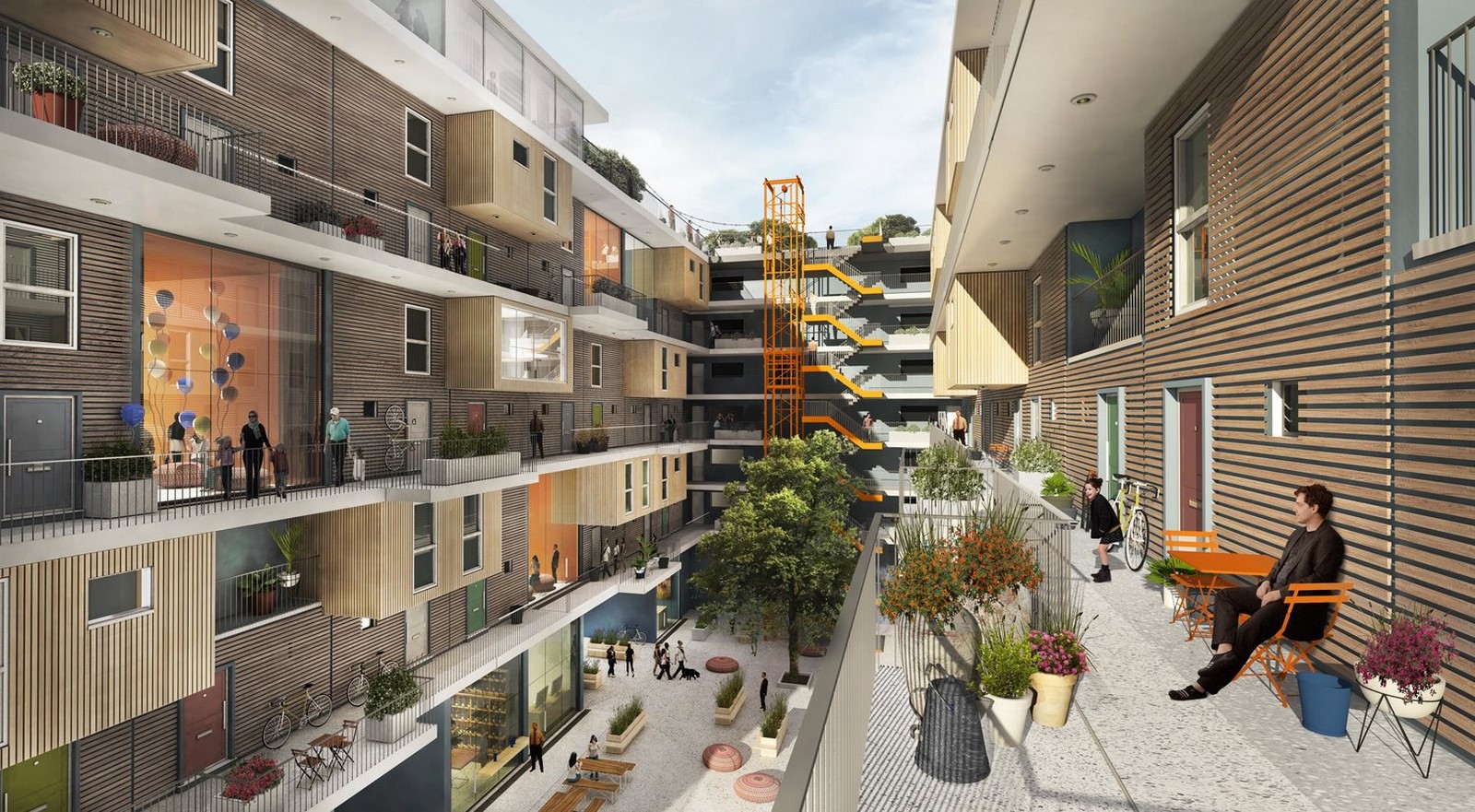
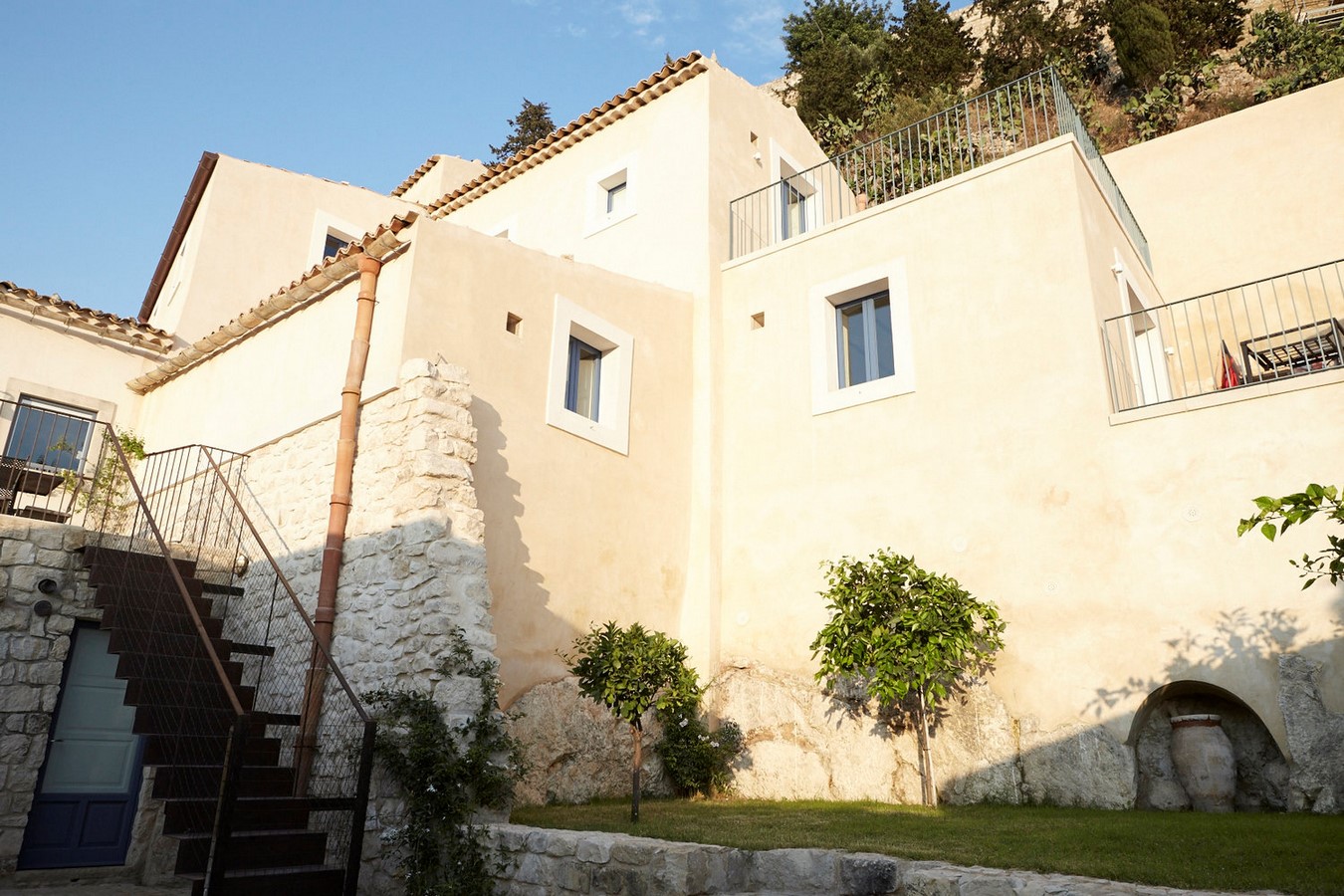
12. Center for Vernacular Architecture Trust
India
The Center for Vernacular Architecture Trust is known distinctly for its independent projects that shaped and developed its strong sensibility for materials, textures, and architecture.
Their work initially grew on the vision of achieving significant human rights to search for meaningful approaches to living and politics rooted in and relevant to the context of India as well as other Asian regions. Another very important aspect of their work revolves around the environment and ecology, and with a strong sense of interest for architecture, and the impact of its tradition on social issues is one the main features of the work they practice. Almost all of their projects showcase the skill of traditional styles of brick walls and structure, as well as sloping roofs that represent the historical styles of architecture that have been a source of inspiration for them.



13. Patriquin Architects
United States of America
Based in the USA, Patriquin displays a very unique sense of modern vernacular architecture, a style that is often very difficult to work with. Their forms and structures can form connections with their location and have a strong aesthetic quality that is essentially functional as well.
Looking into the profound understanding of the vernacular, Patriquin Architecture prioritizes sustainability in the form of energy efficiency and material that offer efficient and effective solutions. They have also explored and employed innovative ways of building on traditional elements, forms, and systems and create buildings that feel fresh, capture the attention of the public, but importantly, create strong linkages with tradition.
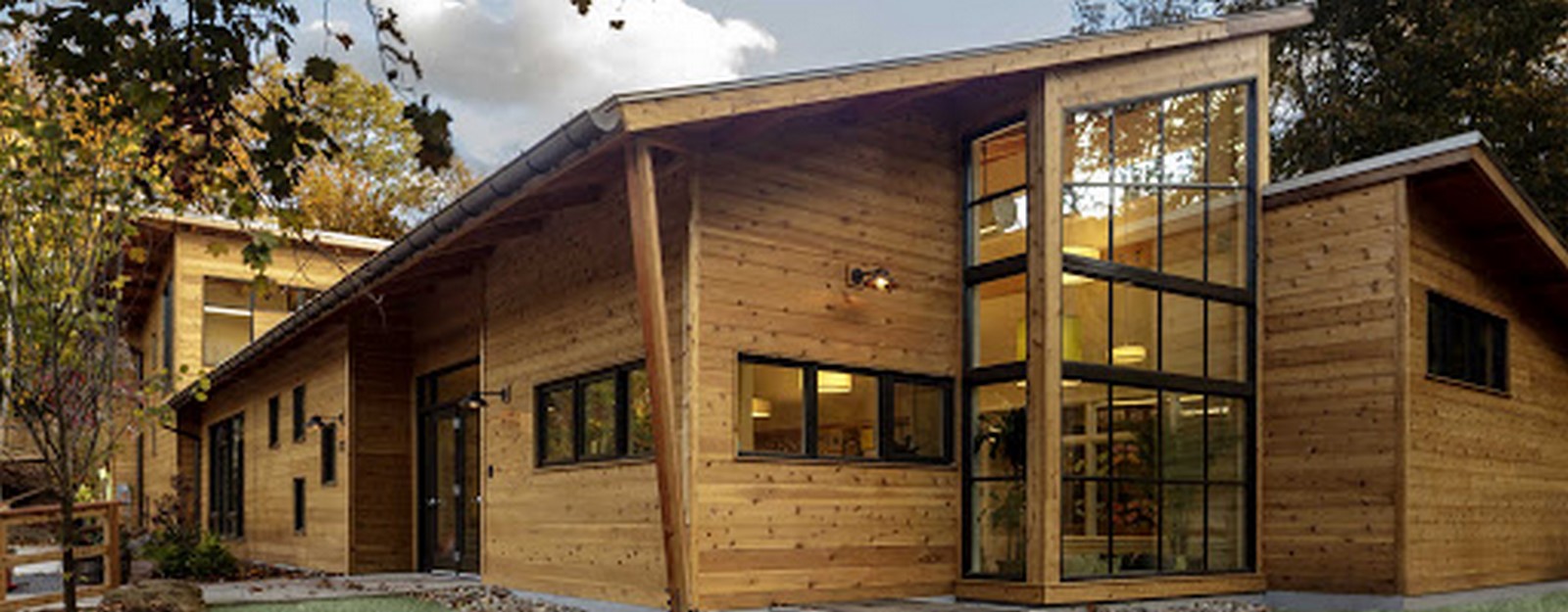
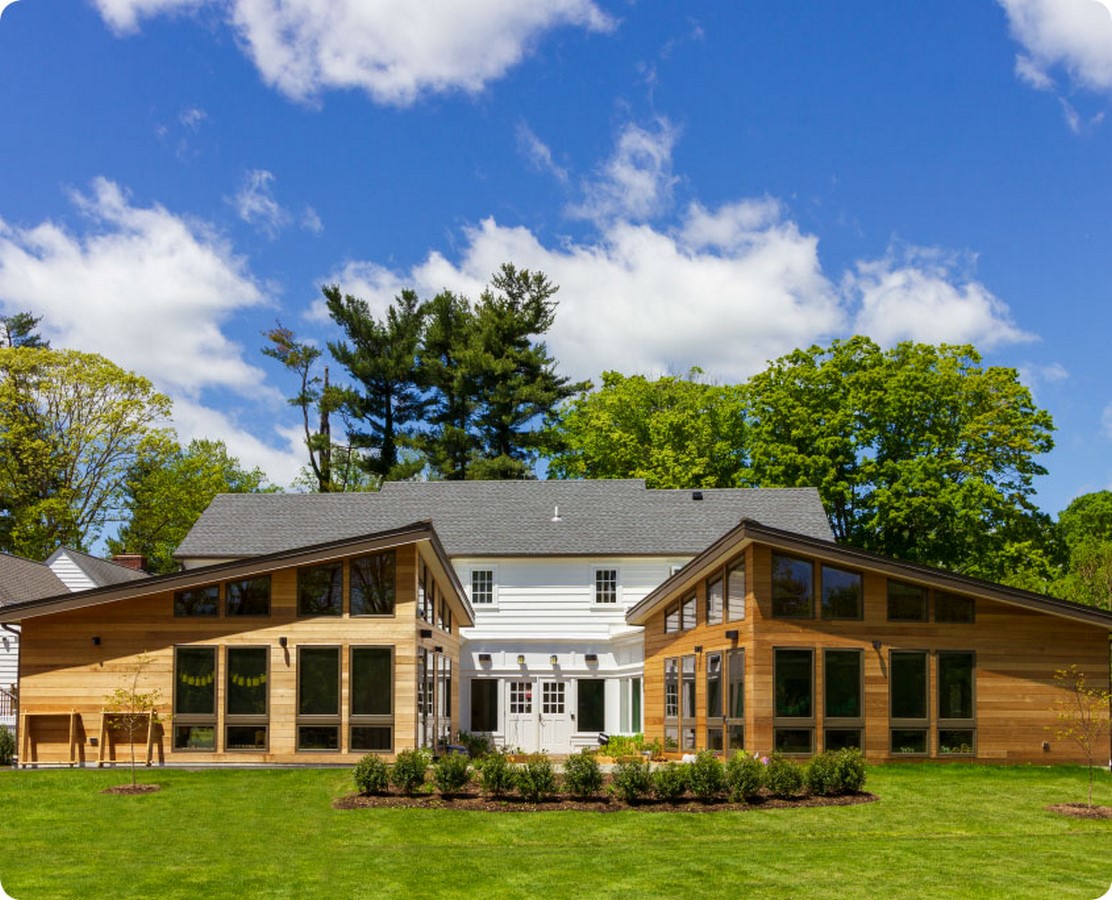
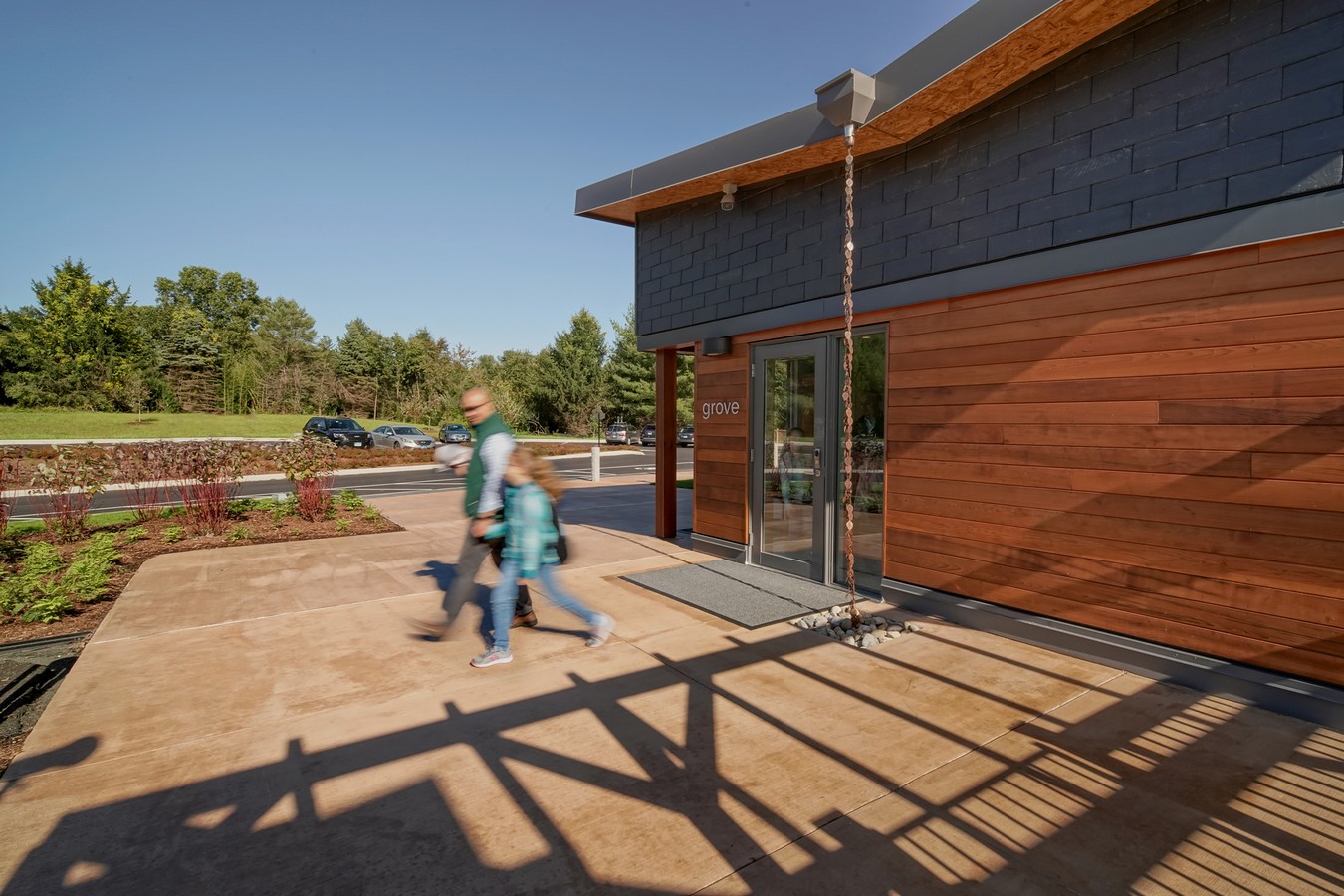
14. Dar Arafa Architects
Egypt
The core design interest of Dar Arafa Architects lies in tracing and reviving Egyptian traditions in the field of architecture and construction. With their work, they intend to create visionary examples of successful architectural heritage that can create their identity in the modern world as well.
They are also particularly inspired by Islamic Architectural styles, and believe that the most appropriate manner of incorporating elements from tradition is they can reorient these fundamentals within the contemporary frameworks in a sensitive, sustainable and respectful way.


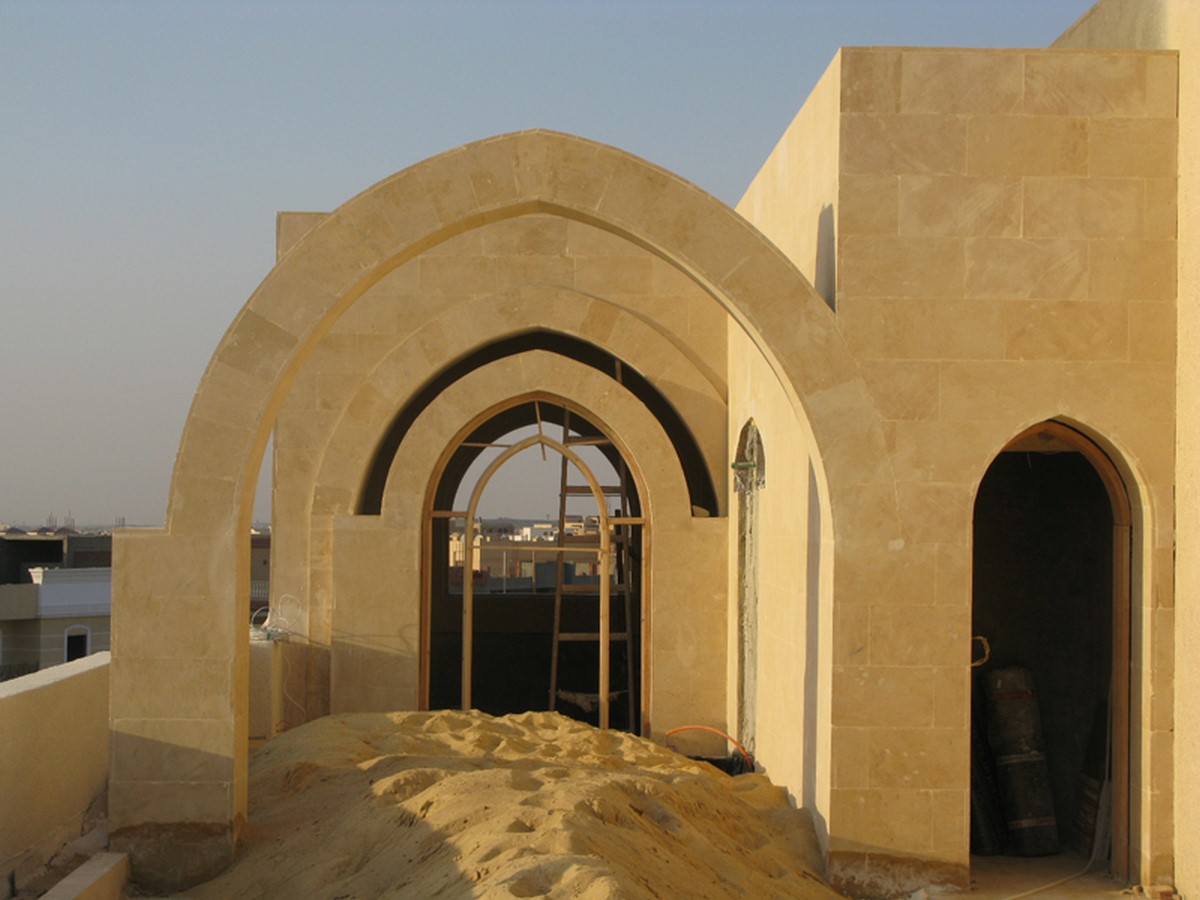
15. BCHO Architects
Korea
What started as a primarily design-build office focusing on simple forms and strong regard for natural elements, has now evolved its works by fusing several disciplines.
They allow their buildings to vary in scales, programs, and aesthetics, with a special exploration of the phenomenon of light and space. BCHO Architects is known for the value of sustainability they allow in their work, especially in terms of the historical, cultural sense. With several projects of the urban renewal category, the firm incorporates “memories” of cities and people, elements of the history to be used in architecture to create a sustainable direction for the future.




